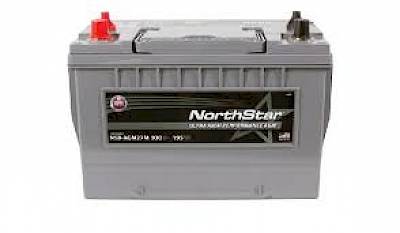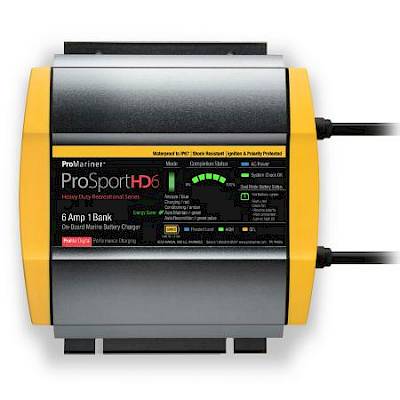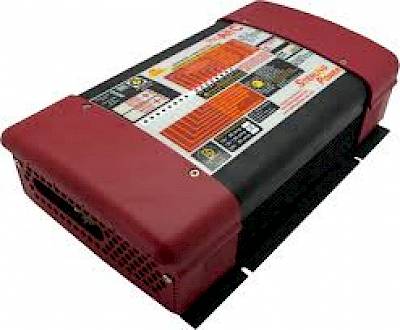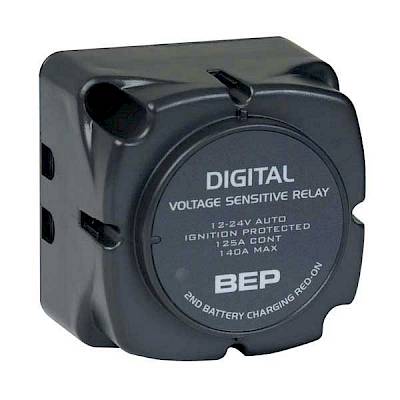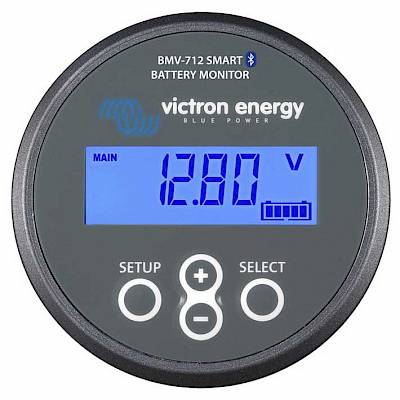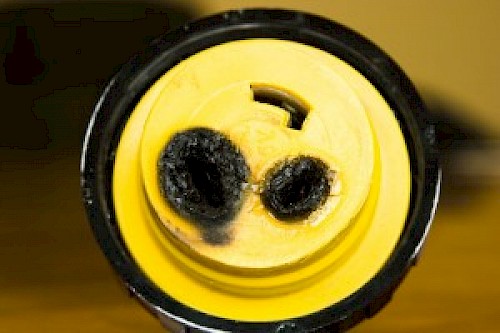
Ask The Pros: Electrical Fires and Selecting the Right Battery
This month we’ve got a marine electrical and electronics systems Q&A with the crew at Pacific Yacht Systems.
If you’ve got a question or a project you’d like addressed in our Tech Talk column send it along to editor@pacificyachting.com.
QUESTION
I’m concerned about electrical fires on my boat. I’ve installed proper fusing on all my wiring, but I’m wondering if there are any other common sources to check?
ANSWER
Another commonly overlooked cause of fires is loose electrical fittings. Shown here is something we see far too often, connections with signs of overheating. In the image you can see the heat resistant plastics are melted and the fuse has scorch marks. In this case, the cause was probably as simple as a loose connection, with someone not tightening the nut down enough. Or maybe they only threaded the nut on finger-tight with the intention of coming back later with a wrench to cinch it down, but forgot.
These are simple oversights that can be hard to detect before a problem arises. Even if you put an ohm (resistance) meter across a fingertightened connection you would probably measure 0.0 ohms (no resistance), but when the current increases these connections start to go bad. The situation can be compared to a two- lane bridge over a river. If the bridge is in the country and does not see much traffic there aren’t any problems; however, if you put that two-lane bridge in the city during rush-hour, the traffic will back up for miles. As more and more electrons try to flow through this weak point, the greater the resistance will be. Resistance produces heat and heat causes more resistance, resulting in an unpleasant cycle.
In this particular case, the heat generated caused so much resistance that the voltage drop across the resistor caused the device to not turn on. Nevertheless, something like this burnt holder could have easily started a fire.
QUESTION
My Trojan 105 golf cart lead acid batteries are finished and need replacing. What’s your recommendation on which types of batteries I should get: AGM or lead acid?
ANSWER
We always recommend absorbed glass matt (AGM) batteries because of their many advantages in a marine application. An AGM battery can be completely sealed, and the electrolyte is suspended in a fibreglass-like separator that will not leak and has virtually no gassing. This makes it a true “no-maintenance” battery, which means it can be stored in compartments where you could not place a lead acid battery. Lead acid batteries need clearance on top for maintenance and proper venting of the dangerous gasses that can be produced.
AGM batteries can also be charged and discharged more quickly than regular deep-cycle batteries (40 percent of their Amp hour rating verses 25 percent for lead acid), which is great for shorter charging times and higher current applications, such as for bow thrusters or a windlass. AGMs are also extremely tough and resist vibration. I have seen a demonstration where six half-inch holes were drilled into a marine AGM (one hole in each cell), and the battery still started the outboard motor.
It is also a good idea to look into your power consumption and charging setup to determine why your old batteries died and if any additional measures are required to maintain the life of your new battery investment.
About the author: Jeff Cote is the owner of Pacific Yacht Systems, a full service shop delivering marine electrical and navigation solutions for recreational boats. This column focuses on the changing world of technology and boating.
Related Content







 $258.00
$258.00 $179.40
$179.40

















